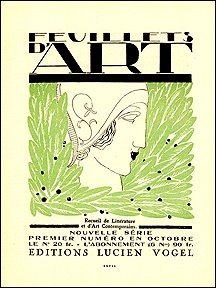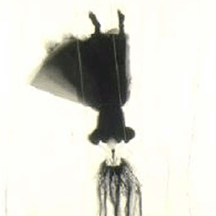or some history on the devotion of space to domesticated cats .
Bastet
Note: portions of this text have been excerpted from: http://www.moggies.co.uk/bastet/bastet.html
Bast is an ancient Egyptian goddess, the Sacred Cat and her name means devouring lady. She is depicted as having the body of a woman and the head of a domestic cat. Her worship began around the year 3200 BCE during the second dynasty in northern Egypt and her city is Bubastis. There, and in many other ancient cities, Egyptians celebrated Bast's feast day, October 31st.

Though the cat-headed goddess Bast was revered and loved throughout Egypt from the earliest of times there were several cities sacred to her cult and which hosted several large, important and influential temples.
Among the dozen or so cities important to the Bast Cult, none was more important or holy than Bubastis. During the Bubastite period (22nd dynasty), cat cemeteries became popular, and a huge profusion of cat amulets were being made. Cats were mummified and ritually buried.

FUN FACT: You can still purchase Bastet amulets including one with the image of a mummified cat:

Click on image above to order one from the Freer Sackler shop. It is the perfect pendant to wear when you want to tell people: "I like cats and I'm kind of sick in the head."In 640 AD Bubastis was still alive and people were still worshipping cats there.
Cats were very sacred animals to the ancient Egyptians. They held a high, honoured position in many households and were more important even than humans. Cats were demigods in ancient Egypt. Anyone caught harming or killing a cat, even by accident, was punished by death, for cats guarded the royal granaries keeping them relatively free from vermin which threatened the food supplies.
She is also the goddess of shoppers:
the handbag is an important object in Bastet rituals.
the handbag is an important object in Bastet rituals.
The cult of Bastet was centered in Bubastis (located in the delta region, near modern- day Zagazig) from at least the 4th Dynasty. The famous Temple Ruins of Bast at Bubastis (Per-Bast in Tameran, today Tell-Basta). The sacred enclosure consisted of a grove of tall trees (the only one to be found in an Egyptian temple) holding the shrine of the goddess within.

Once a year, a great festival was held in Bubastis to honour Bast, attracting devotees from all over the country. According to Herodotus, the original accidental tourist, upwards of 700,000 people attended.
(Heroditus. ii. 59, 60.):
"Temples there are more spacious and costlier than that of Bubastis, but none so pleasant to behold. It is after the following fashion. Except at the entrance, it is surrounded by water: for two canals branch off from the river, and run as far as the entrance to the temple: yet neither canal mingles with the other, but one runs on this side, and the other on that. Each canal is a hundred feet wide, and its banks are lined with trees. The propylaea are sixty feet in height, and are adorned with sculptures (probably intaglios in relief) nine feet high, and of excellent workmanship. The Temple being in the middle of the city is looked down upon from all sides as you walk around; and this comes from the city having been raised, whereas the temple itself has not been moved, but remains in its original place. Quite round the temple there goes a wall, adorned with sculptures. Within the inclosure is a grove of fair tall trees, planted around a large building in which is the effigy (of Bast). The form of that temple is square, each side being a stadium in length. In a line with the entrance is a road built of stone about three stadia long, leading eastwards through the public market. The road is about 400 feet broad, and is flanked by exceeding tall trees. It leads to the temple of Hermes."
Further information on Bastet:
Bastet was strictly a solar deity until the arrival of Greek influence on Egyptian society, when she became a lunar goddess due to the Greeks associating her with their Artemis. Dating from the 2nd Dynasty (roughly 2890-2686 BCE), Bastet was originally portrayed as either a wild desert cat or as a lioness, and only became associated with the domesticated feline around 1000 BCE. http://www.egyptianmyths.net/bastet.htm
Because the Greeks equated Bastet with Diana and Artemis and Horus with Apollo, Bastet became adopted into the Osiris-Isis myth as their daughter (this association, however, was never made previous to the arrival of Hellenistic influence on Egypt). She is stated to be the mother of the lion-headed god Mihos (who was also worshipped in Bubastis, along with Thoth). She is depicted most commonly as a woman with the head of a domesticated or wild cat or lion, or as a cat itself. Article "Bastet" created on 03 March 1997; last modified on 26 May 1999 (Revision 2). 318 words. http://www.pantheon.org/articles/b/bastet.html © MCMXCV - MMVI Encyclopedia Mythica™. All rights reserved.






